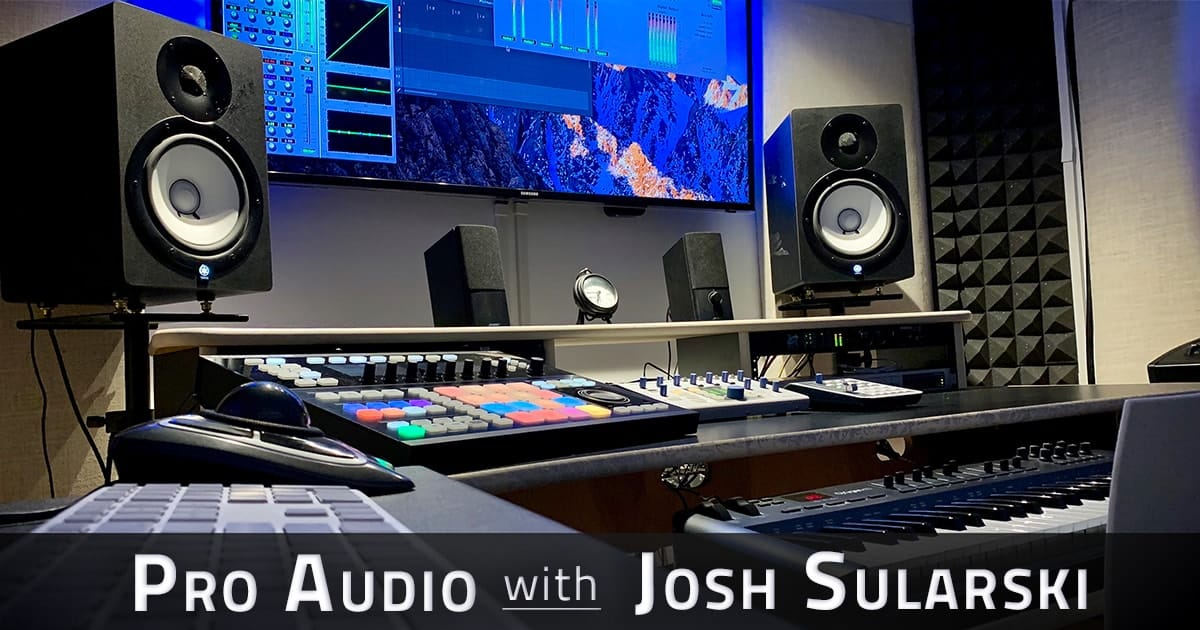
This is the fifth article in a multi-part series designed to help you build a home recording studio. Whether you are a beginner who has never recorded before, or if you are more advanced with years of experience, I hope you find value in the series. If you have any questions or would like me to cover a specific topic, please drop a comment at the end of the article. I read them all and will respond!
If you missed articles one, two, three, or four in this series, I shared some of the basic building blocks most people will want to consider when putting together a functioning home studio.
In this article I will guide you through the features and specifications you should consider when choosing the best audio interface for your personal needs.
Choosing your first audio interface can be a daunting task. With hundreds of options available, it can feel impossible to balance your budget while understanding what features you really need. Beyond that, there’s also quite a gap in overall audio quality between budget entry-level audio interfaces and high-end mastering-grade audio interfaces.
As I’ve often said during this series, fear not! You are not alone; even the most experienced engineers sometimes struggle to choose their next audio interface. By the end of this article, you will have a better understanding of the major features you need to consider when choosing an audio interface. At the conclusion, I’ll offer a shortlist of some of my favorite audio interfaces across a variety of budgets. Here we go!
What Features Do I Need in an Audio Interface?
Virtually all audio interfaces will perform, at a minimum, the basic function of converting analog audio to digital audio (for recording) and digital audio back into analog audio (for playback). Often you’ll see this in shorthand as “A/D” conversion or “D/A” conversion. Sometimes you may even see something along the lines of “ADA” or “AD/DA”, which simply lets you know that the interface handles conversion in both directions.
Now that we’ve established that almost all interfaces will handle conversion for you, it’s time to explore the basic functions you’ll need to consider when making your audio interface purchase.
- OS and DAW Compatibility
- Connectivity (USB vs FireWire vs Thunderbolt vs PCIe)
- Number of Inputs and Outputs
- Types of Inputs
- Desktop vs Rackmounted
OS and DAW Compatibility

Let’s start with some good news. Almost any audio interface you purchase today will be compatible with Mac and PC host machines. There are very few exceptions to this, but they do exist. (For example, my Metric Halo interface is an oddball that currently only supports Mac, though PC support is imminent.) I would recommend doing a quick check before making any purchase to confirm the OS compatibility of your desired interface.
If you happened to read my previous article about choosing the best DAW software for your needs, you’ll recall that most software is cross-platform compatible, with a couple of exceptions (like Apple Logic: Mac only, and Cakewalk SONAR: PC only).
So with that in mind, save yourself the headache (however unlikely) and double-check that your audio interface supports your host machine operating system. If it does, it is 99% likely that it will work great with your DAW software of choice.
Audio Interface Connectivity

Welcome to the fun world of connectivity! Here we have choices aplenty! Thunderbolt, USB, FireWire, and PCIe are the most common, with FireWire and PCIe generally found in older interfaces.
Thunderbolt Audio Interfaces
Thunderbolt connectivity is the newest technology in the bunch. The interfaces are generally more expensive than those you’ll find with USB or FireWire. Thunderbolt audio interfaces will often have more advanced features that may go beyond what you need if you’re just starting out. If you’re already experienced and need additional inputs, outputs, or, want to future proof yourself, an audio interface with Thunderbolt could be a good investment.
Mr. Obvious says: Confirm that your host machine has Thunderbolt technology. :)
USB Audio Interfaces
USB is the most ubiquitous connection technology in the world, so it is no surprise that it is also the most popular connection type for audio interfaces. If you own a computer made in the last 10 years, it is sure to have at least a couple USB 2.0 ports, thus making it very likely to be compatible with almost any audio interface offering USB connectivity.
A USB audio interface is probably the easiest way to go if you’re just starting out. In many cases (but not all), a new USB audio interface may even be plug and play (i.e. not requiring a driver).
You’ll find that the vast majority of entry-level audio interfaces are USB. Don’t let that deter you if you’re seeking something high end as there are also plenty of professional-grade audio interfaces that sport USB connectivity.
FireWire Audio Interfaces
Although you can no longer find FireWire on new computers, there are a plethora of great FireWire audio interfaces available on the used market (eBay, Reverb.com, Craigslist, Facebook Marketplace, etc). Generally speaking, FireWire is considered more of a Mac connectivity option compared to PC (though you’ll occasionally see a PC with FireWire).
If you have an older Mac with FireWire, I would estimate that this is the least expensive way to add a high-quality audio interface to your home studio. You can pick up a great used audio interface with tons of capability for under $200. Even if you have a newer machine with no FireWire, Apple makes a Thunderbolt-to-FireWire adapter.
PCIe Audio Interfaces
More commonly seen in the early days of digital audio, PCIe audio interfaces are now mostly utilized on high-end audio interfaces, the type you’d see in major label recording studios. This is mostly because they are a) generally more expensive, b) require a desktop computer with PCIe slots, and c) they often provide additional DSP (processing power) and the lowest latency around; something that big recording studios require when dealing with massive sessions and track counts.
In most PCIe setups, there is a card installed into the host machine that is connected to the audio interface, typically found in a rack with complementary gear.
If you’re starting out, you probably don’t need to dive into the world of PCIe audio interfaces. Keep it simple and go with a USB, FireWire, or Thunderbolt interface. Just confirm that your computer has the right connection before you purchase.
Audio Inputs and Outputs

Often listed as “I/O”, you’ll find that most audio interfaces provide anywhere from 2 inputs and outputs to 16, 20, or more. How many you need depends on how you intend to work.
Working alone? You can probably get away with 2 inputs and 2 outputs to start.
Working with small ensembles and bands? You’ll probably want at least 8 inputs, and ideally 16 or more.
I would take some time and think about what most of your sessions will require. The last thing you want is to be hamstrung in a situation that forces you to create workarounds instead of focusing on being creative.
Types of Audio Inputs
Once you’ve determined how many inputs you need in an audio interface, it is really important to pay attention to the type of inputs you’ll need. There are two types of analog inputs you are most likely to encounter. There are also a variety of common digital inputs, but for the beginners out there, I am just going to focus on analog inputs.
Most audio interface inputs will include these types of analog inputs:
- Mic Input
- Simply plug your microphone into the interface and voila! You’re off an running.
- Line Input
- Requires a standalone microphone preamp if you want to record a microphone.
When shopping for your audio interface, you’ll often find that the total number of inputs listed does not equal the number of microphone inputs. So read carefully.
Manufacturers usually list the total number of inputs as a grand total of mic inputs + line inputs + digital inputs. It’s possible that an audio interface provides 20 inputs and only 4 microphone inputs.
The Bottom Line on Inputs
This means that if you don’t want to purchase separate microphone preamps, you’ll want to make sure your desired audio interface has enough microphone inputs.
Some interfaces offer “nice-to-have” inputs including instrument inputs (for connecting a guitar, keyboard, etc) and MIDI inputs (for connecting a MIDI keyboard or controller). Whether or not you require these is dependent on your needs. You can always choose to get a standalone solution for each scenario down the road.
Desktop vs Rackmounted Audio Interfaces
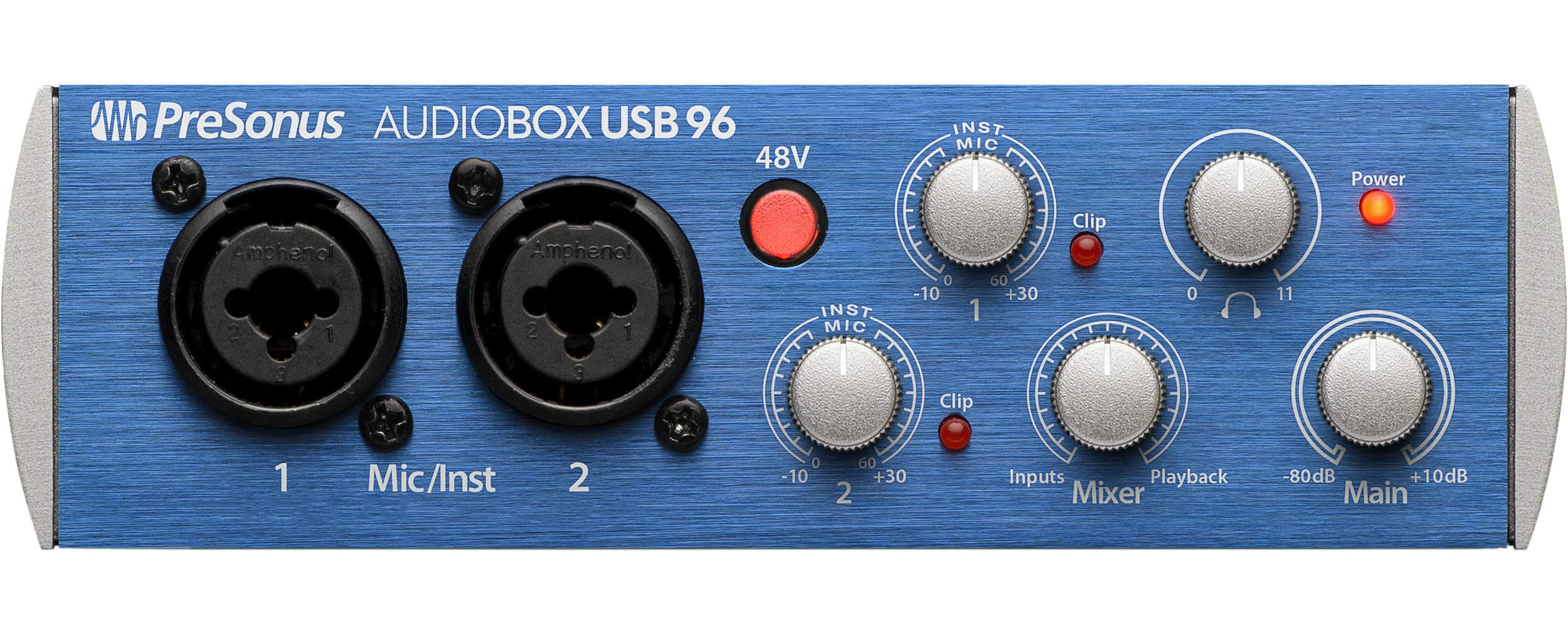

This is perhaps the easiest factor to consider when purchasing your first audio interface.
There’s a good chance that if you’re just starting out you probably don’t have tons of gear already in a rack. If that is indeed the case, my recommendation would be to purchase a desktop audio interface. Most of them are pretty compact, and there are tons of great options for the budget-conscious.
If on the other hand, you already have a rack, or if your studio furniture has built-in rack space, a rack-mounted audio interface is a great way to keep your desktop free of wires and clutter.
Rackmounted audio interfaces are more common in professional studios, as they often provide the most connectivity and sometimes include advanced features not found in entry-level desktop interfaces.
Recommend Audio Interfaces
Now that you’ve considered some of the most important factors in choosing an audio interface, I’ll offer some suggestions to help you get started with your shopping. Keep in mind that if you do your own research, you’ll likely discover that the used market is a wonderful place to pick up an amazing audio interface at a significantly discounted price. I almost always try to buy used whenever I can.
With that said, here are some of my favorites across a few different budgets:
Budget Audio Interfaces
These two budget interfaces give you the ability to get started making music, even on a shoestring budget. Technology has come a long way in the last decade, and these entry-level solutions provide good microphone preamps and AD/DA conversion that’s perfect for beginners. If you purchase one of these, I’d recommend pulling up one of your favorite albums and giving it a listen on headphones. You’ll instantly hear the difference compared to plugging your headphones directly into your computer. There will be a sense of depth and openness you probably never knew you were missing before (this only gets better as you step up in quality and price).

Mid-range Audio Interfaces
With these mid-range audio interfaces, you’ll get better audio performance. This typically means cleaner microphone preamps that are quieter and lower in distortion. With the Universal Audio and Antelope Audio solutions, you’ll even get some DSP for realtime processing of their proprietary plugins. This can be useful if you want to record through the vintage gear they have digitally emulated. By comparison, the PreSonus doesn’t offer this capability but is a formidable solution for the price. You get a ton of connectivity options and it’s also rack-mountable.
Professional-Grade Audio Interfaces
For those who want uncompromising quality in all aspects of their audio, these are three of my favorite interfaces of all time. In fairness, there are even more expensive interfaces on the market (some brands include Prism, Burl, and more), but I consider those prohibitively expensive for most people. Arguably, the interfaces that are even more expensive than those listed below offer diminishing returns… meaning at what point is it no longer worth it to spend thousands more on an even more expensive interface for a smaller perceived benefit. Ah, hm, yes, one of the eternal questions of gear hungry audio folks like myself.

I truly love this company. The microphone pres are incredibly clean and open sounding. The converters are top-notch, and unlike many competing companies, they purposely design their products to be upgradeable for years to come. There are products they have been selling for over 10 years that easily compete and best some of the biggest names on the market. Give them a call, they have knowledgeable staff and great customer service.

You’ll find the Apollo x8p in many professional studios around the world. Its next-generation Thunderbolt 3 connectivity and “Elite-class” AD/DA conversion make it a staple for many producers and engineers. One great feature is the built-in DSP. This lets you run all the plugins in the UAD library. A few are included but you’ll need to purchase any additional plugins your heart (or ear) desires. They are considered the gold standard in plugins and have dozens of spot-on recreations of classic, vintage gear. I personally prefer the sound of the Metric Halo interface, but the features you get from the UA Apollo are undeniably attractive. It is a very, very capable piece of gear that sounds great.

Antelope Audio is widely known for making great-sounding interfaces. In particular, they are renowned for their high-quality digital clocking, an important component in delivering high-fidelity audio at this level. With the Orion Studio, you get a whopping 12 mic preamps, built-in guitar amp modeling, up to 32 channels of audio, and more. It’s really a great value.
Conclusion
In this article we covered some of the basic features you’ll want to consider before purchasing your first audio interface. And, in the end, I gave you a shortlist of some specific models to consider.
Choosing an audio interface often comes down to personal preference, especially as you get into the mid-range and high-end solutions. Just because I love the Metric Halo sound doesn’t mean that it’s necessarily right for you. As with many things in the world of audio, if you ask 10 people, you’ll likely get 10 different answers. Go with your gut, try out the interfaces of your friends and see what feels right to you.
If you have any questions, I’m happy to help however best I can. I wish you luck on your audio interface search!
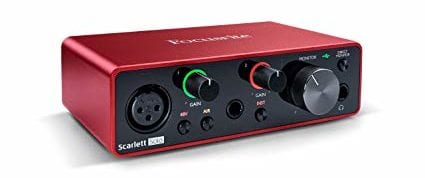


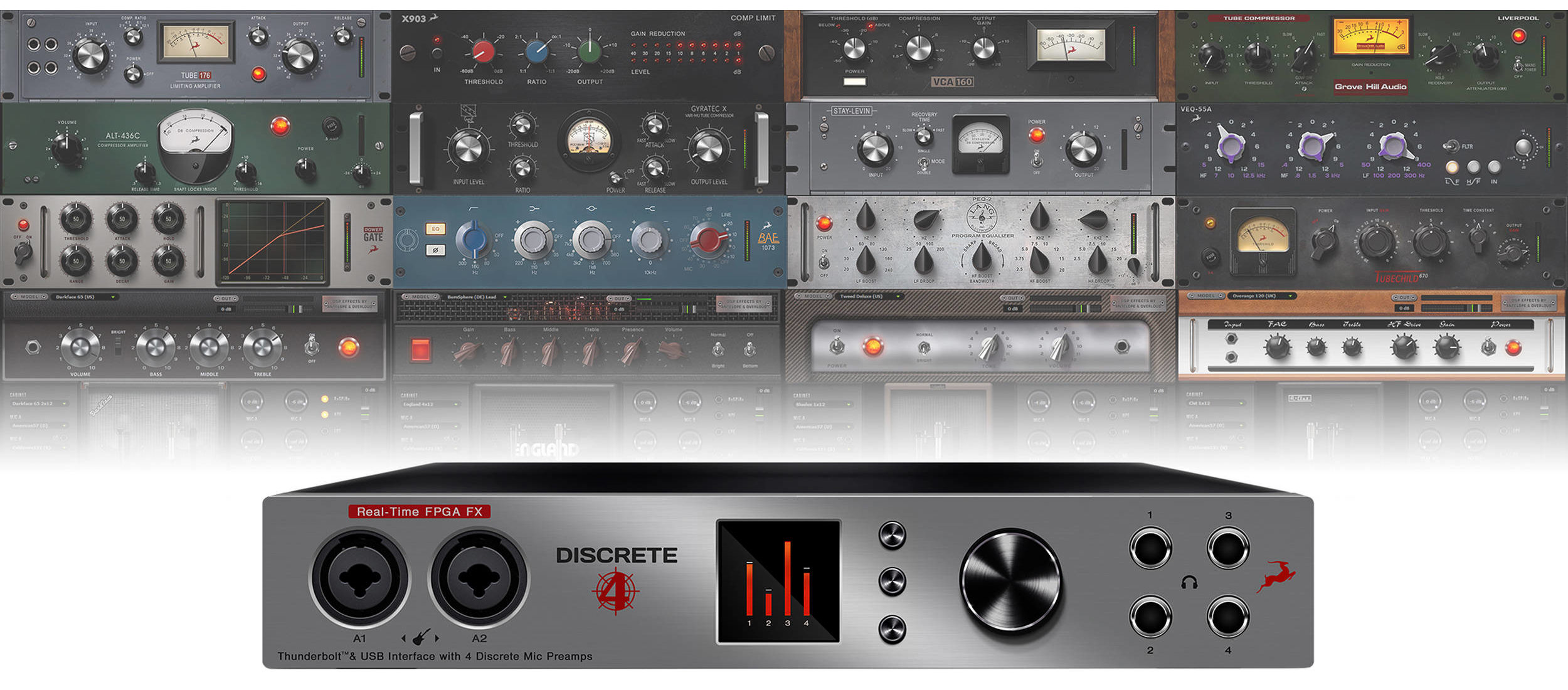
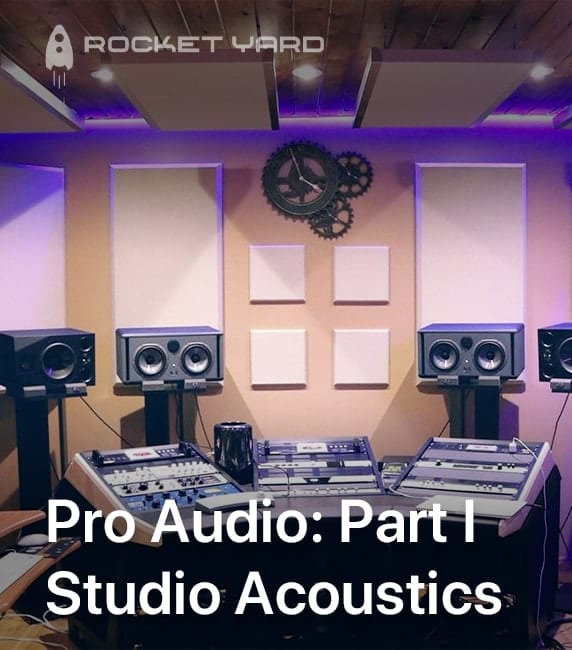

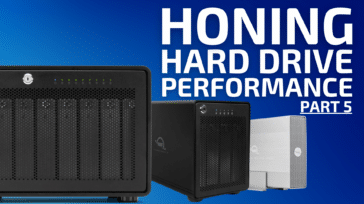
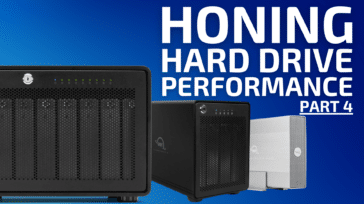
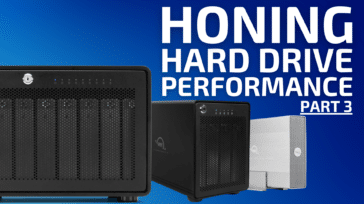
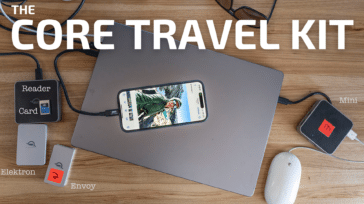


Hi Josh,
Thanks for this review,
In the last three weeks I’ve constantly been researching for a new interface as I bought an UAD Apollo X8 last year 2020 and regrettably I feel it was my worst buy yet! The sound quality for the price paid isn’t great, the clocking isn’t off a high standard etc. If you visit Black lion audio and check out the mod page, it reveals how bad the Apollo X range is as there are several mods for the X series and to fully mod the X8 it would cost around $1400 to get a better clock and OP-amps, capacitors, decoupling of AD/DA convertors, pre-amps the list goes on.
Notably there are no Metric Halo or Prism products on the entire website, which definitely is food for thought.
Last week I compared the X8 to my friends old Metric Halo 2882 3D-upgrade and the Metric halo sound quality to my ears exceeds the Apollo X8 in depth and a 3D type sound. This unit isn’t even the flagship ULN-8 3D which I really want to hear. I’ve rang some of the leading the stores to get some feedback and opinion on the Metric Halo products and all I get back is, “its old technology now, everything has moved on etc.” I was also told it has high jitter and noise floor.
I’m wondering if there stores have actually even bothered to listen to the 3D upgrade on the ULN-8 Or the LIO etc. I asked one stores sales rep, what do you recommend as good interface other than the Metric Halo? He recommended the Apollo X8 Looool. . He then led to saying how great the Antelope Orion HD 32 3rd Gen. Which I do hear some good reviews i’ve watched some videos, i’m not entirely convinced by the conversion quality. But yet again this is another interface on the BLA website that offer mod upgrades for better conversion.
The UAD in my opinion lacks technically in Good sound quality and comes with a heavy price tag. The Orion would need a further investment to modify to get the best results which bumps up the price. The Prism Atlas / Titan lovely sound good clock etc but ADAT is only capable of 48khz and doesn’t offer much else for the price tag.
I’m very interested in the ULN-8 3D I would love to hear your thoughts on this unit. I’m looking for audio interface like a one stop shop, where as I can mix/master have a great Clock, AD/DA conversion, decent mic pre’s and software based plugins. It’s clearly offers more than all the other interfaces for the price tag. I haven’t been able to find any demos online on YouTube for the Metric halo ULN-8 3D. MH seem to be very low key in terms of promotion and marketing.
Kind Regards
Hello. Very good post. I’m thinking about two variants of connection now. They are Thunderbolt and USB. I read several articles about this and I think devices from Apollo brand will be good choice. What can you say about this? Maybe you can recommend some proven model from this manufacturer?